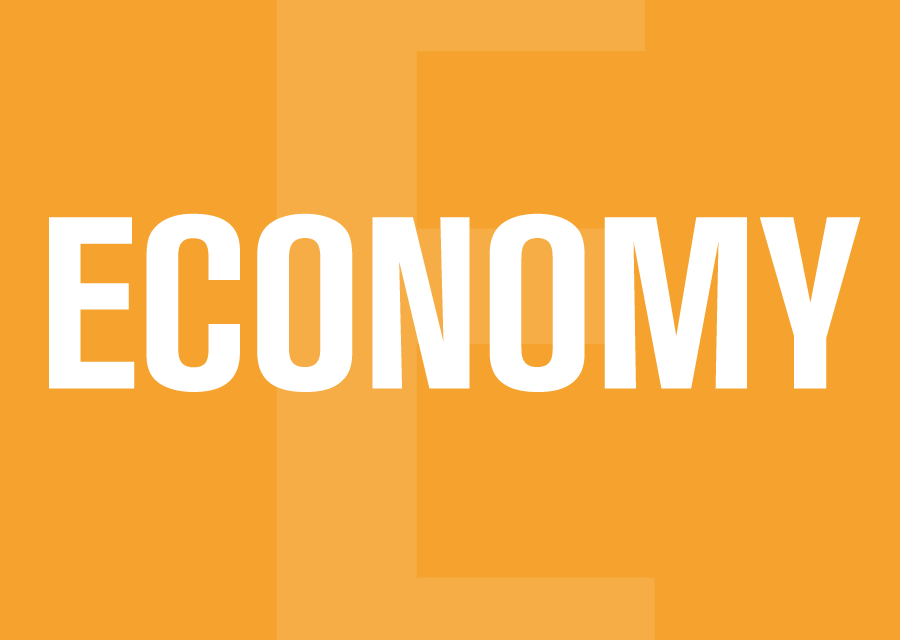If the setback they suffered (down from 40% to 34% of the vote) in the Needham by-election wasn’t enough to worry the McNeil Liberals, recent reports on the economic struggles of Nova Scotians might do the trick. There are a lot more Nova Scotians facing hard times, and they may be itching to send the government a message.
A couple of weeks ago the Canadian Payroll Association released the results of a survey revealing the perilous financial state facing many families. The survey found that while many working Canadians are having a tough time making ends meet, Atlantic Canadians have it the toughest. Nationally, 48% of the 5,600 employees surveyed said they were living paycheque to paycheque. In the Atlantic Provinces it was 59%.
That report came out around the same time as the quarterly report from the country’s Office of the Superintendent of Bankruptcy revealed that Nova Scotia had the distinction of leading the country’s alarming increase in personal consumer insolvencies. Between April 1 and June 30, there were 1,671 personal bankruptcies or debt settlement proposals, up 29% from the first three months of the year. Nationally, the increase was nine per cent over the period.
Media become interested
What makes the two reports politically interesting is that they were given prominent play in the Chronicle-Herald under headlines that should give pause to a provincial government whose economic policy (aside from wrecking the film industry) has been to do nothing to stimulate the private sector while suppressing the wages of the public sector. “Hard times hit home in N.S.” was the headline over the bankruptcy story; ”Low pay, growing debt hits N.S. families,” announced the piece from the Payroll Association.
Like others, I cancelled my subscription to the Herald when the strike began last January, but occasionally check on-line to see what the replacement workers are up to. Although the pre-strike Herald often gave the McNeil Liberals an easy ride (Observer Jan 7, 2016 “Making the polls look good and the books look bad”) the scab version is worse, often seeming to be a faithful stenographer for Liberal governments here and in Ottawa. It is ironic that the Herald, bent as it is on driving down the wages of its unionized workers would go big on stories that identify low wages as the source of many workers’ economic troubles. But now that the erstwhile newspaper of record has let that cat out of the bag the Liberals may face more questioning on the economic front and the NDP’s campaign for a $15 -per-hour minimum wage may gain more steam.
The bankruptcy story showed some staying power in the news, with the CBC eventually reporting last week on the sharp increase and quoting an insolvency trustee’s view that the problem is not that people are extravagant – it’s that the simply don’t make enough money to keep up with the cost of living. But like the Herald, the CBC left a part of the story untold. The recent increase in bankruptcies is not an aberration. It is the continuation of a longer-term worsening trend that sees Nova Scotia and the other Maritime Provinces with bankruptcy rates far above the national rate. In 2015, Nova Scotia was 60% above the national rate, P.E.I. 63% above and New Brunswick a country-leading 67% above the national rate. Those kind of numbers give another indicator – if we needed one – of the dismal state of the economy in the entire Maritimes.
Tuition up, youth jobs down
While bankruptcy rates usually don’t rate a lot of political attention, university tuition fees do. Last week’s report from Statistics Canada, accompanied by information on local schools released by the Maritime Provinces Higher Education Commission, was given front-page prominent play in the Halifax Metro. Nova Scotia was once again a national leader, with fees for undergraduates going up 5.6% in the new school year, the sharpest increase of any province. The 2016-17 average of $7,218 for undergrads is the second highest in the country. It leaves Nova Scotia tuition rates 11.3% above the national average, essentially abandoning efforts by previous Conservative and NDP governments to maintain rates at the national average. Accusatory fingers can be pointed right at the Liberals – this year’s jump was preceded by increases of 5.4% in 2015-6 and 4.3% in 2014-5. Over that same period, the austerity-minded McNeil government has virtually frozen provincial assistance to universities.
And the summer job market wasn’t much help to students facing higher tuition fees. The September labour force report from StatsCan shows that full-time employment for students planning to return to school was down by 1,000 from August 2015, after coming in 2,100 below 2015 numbers in July. And the provincial Liberals’ erstwhile and oft-cited talking point – the growth in full-time employment for young workers – was once again shown to be mere bluster. Full-time employment for 15-24 year-olds dropped 600 in August and stood 8.5% below August 2015. The only reason the youth unemployment rate didn’t go up was because the rate is calculated as a percentage of those in the labour force. The 15-24 labour force shrank in August, down 1,100 from July as discouraged youth gave up looking for work.
Cape Breton employment plunges
The most devastating development on the employment front doesn’t seem to have been reported by any news outlet. That’s the employment meltdown in Cape Breton, mentioned in, of all places, the Daily Statistics report from Nova Scotia Finance . There we learn that so far this year average monthly employment in Cape Breton is down by 4,000. To put that in perspective, average monthly employment January-August 2015 was 51,200. Over that same period this year average monthly employment is 47,200. So between last year and this, nearly 8% of the jobs in Cape Breton have disappeared.
By comparison, using the same monthly average metric, Alberta was down 38,300 in the first eight months, but that accounted for only 1.7% of the jobs in that province. Making matters worse, the bulk of the job losses occurred during the first six months of the year, before the June 30 shutdown of the former Scotsburn dairy and the effect of widespread school closures on employment of teachers and education support workers. The only thing preventing a sky-high unemployment rate in Cape Breton (which might have attracted some media attention) is the fact that 4,300 people left the labour force over that same period.
To recap: bankruptcies and economic insecurity are on the rise; tuition fees are going up again; youth employment and the youthful work force is down; Cape Breton is in an economic morass. So far, none of this has had any noticeable impact in the polls. The latest numbers from Corporate Research Associates show support for Justin Trudeau and the federal Liberals remaining sky high across the region, while in Nova Scotia support for the McNeil Liberals was virtually unchanged in August (56%) from three months earlier (59%).
However, the voter preference surveys took place in the positive afterglow of the debut of the Canada Child Benefit which poured a few hundred extra dollars into many family bank accounts. And in Nova Scotia, polling was conducted before the Liberal setback in Needham. Now with the media paying at least some attention to the economic hard times being encountered by so many, the one-note McNeil Liberals may need to rethink its head-in-the-sand do-nothing approach to the economy.
-30-






